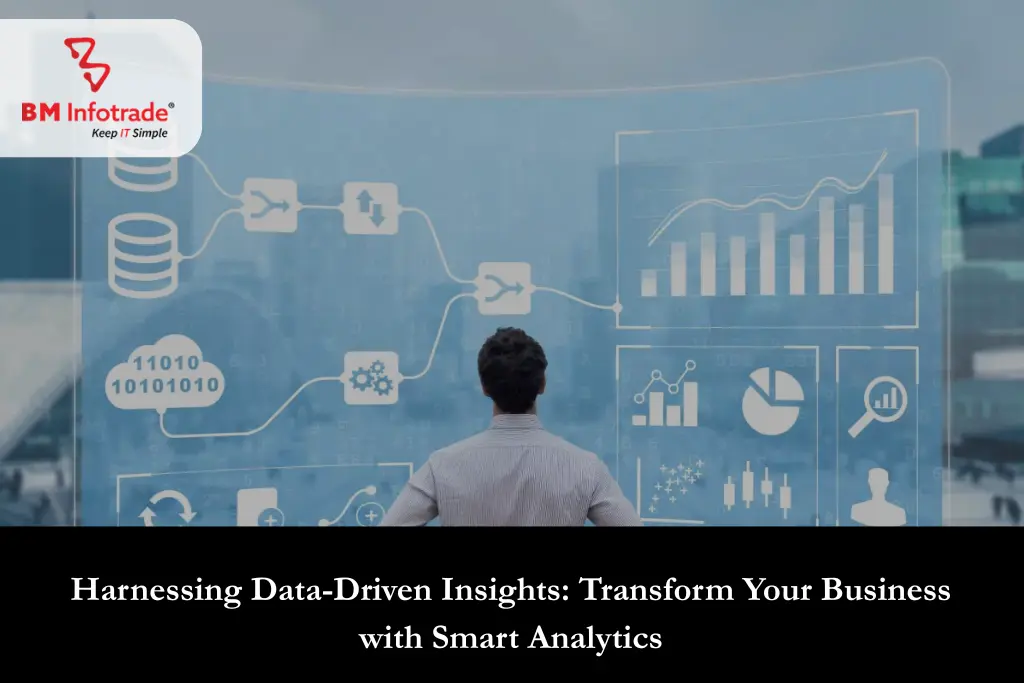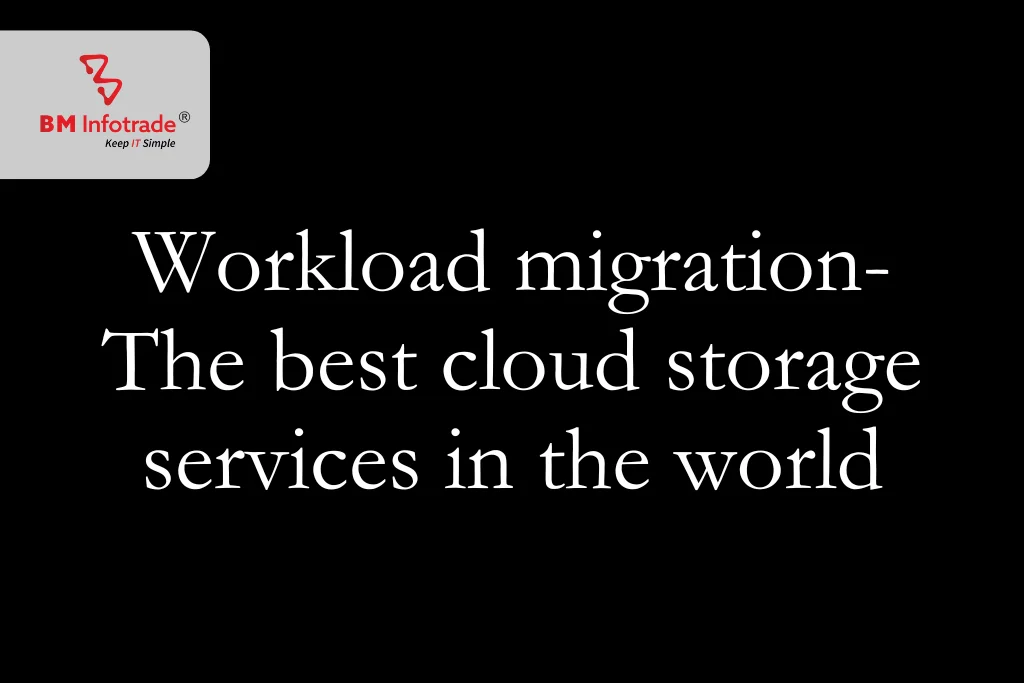Harnessing Data-Driven Insights: Transform Your Business with Smart Analytics
Leverage the power of smart analytics to uncover hidden opportunities, optimize performance, and accelerate your business growth with actionable insights.

Harnessing Data-Driven Insights: Transform Your Business with Smart Analytics
Table of Contents
A smart use of analytics provides the needed power and control that most businesses require, however, it is important to understand that simply collecting data will not necessarily guarantee any competitive advantage. In today’s world, almost every business is inundated with vast amounts of data; from customer interactions to different operational metrics, it is all present. As observed, competing in the modern digital economy yields tons of data. In this article, we will examine how smart analytics can change your business for the better and help you succeed in this data-driven world.
What Are Data-Driven Insights?
Insights derived from data are insights that can be acted upon, and these insights businesses find will aid them in finding patterns, forecasting, and making strategic decisions. With the use of smart analytics tools, firms are now able to sort through, analyze, and extract insights from enormous amounts of data promptly.
Key Benefits of Data-Driven Insights:

-
Support for Business Operations: Minimum dependence on intuitive judgement and use of data decreases the possibility of biases and assumptions which in turn improves the quality of business decisions.
-
Fulfilling Client Requirements: Grasping customer preferences helps tailor the experience making in achieving greater satisfaction.
-
Diminished Inefficiencies: Business Analytics helps automate tasks thereby letting employees focus on the more salient matters increasing effective output.
-
Strategic Approach: Businesses that rationally utilize insights should have greater efficacy at discerning opportunities and acting on new developments in the market.
Also Read:- What is data analytics? Techniques, Methods, and Key Differences
The Role of Smart Analytics in Business Transformation
Smart analytics is a procedure that seeks to seek insights into information by employing advanced analytical methods such as advanced machine learning and artificial intelligence (AI) to mention but a few. In essence, it drives transformation in the following way:
1. Customer First Models
Smart analytics enables organizations to target specific segments of users and pinpoint their buying patterns. By looking into past purchases, internet browsing, and feedback received, many companies can now formulate marketing strategies that are unique to each customer.
-
Example: Predictive analytics in e-commerce systems serves to recommend consumers’ largely bought products which in turn helps in improving sales and customer retention levels.
2. Effortless Progressions
Comprehensive ideas derived from data greatly assist businesses in noticing facets of their processes that could be more efficient and in turn enhance functions. Whether it is in Reits mgt. or supply chains, everything is analytics-driven.
-
Example: IoT and analytics are employed by manufacturing companies to keep tabs on their machines and predict when maintenance will be required to minimize wait time.
3. Detailed Strategic Planning
At times, evaluating past performance and trends in the market enables firms to foresee what will transpire in the future. This approach has proven useful in investment decisions, risk management, and demand planning.
-
Example: Stocks are usually forecasted before the retail season so that there is an ideal quantity of stock and shortage or overstock is avoided.
Steps to Harness Data-Driven Insights
1. Define Clear Objectives
All data analysis should lead to clear actionable insights which should help in addressing certain goals. These goals could range from ensuring better customer retention to improving costs or even launching a new product. Setting these priorities will ensure an efficient approach towards analytics.
2. Gather Profound Data
Make use of various peripheral sources to get the required data- these will include CRM systems, websites, social media forums, sales etc. Always ensure that the gathered data is up-to-date, complete and accurate.
3. Utilize More Comprehensive Analytic Tools
Use tools that will be of benefit to you. There is no dearth of analytics platforms- tables, Power BI, google and many other well-known brands are widely used due to their easy interface and well-rounded ability to visualize data.
4. Incorporate Data Integration
Ensure that data from different departments is stored in one location. This will provide greater visibility and help in identifying needs that span various business units and assist in breaking down data silos.
5. Predictive Analytics Should Be Employed
Machine-learning algorithms can find patterns and can help in predicting trends. This kind of analytics takes a forward-looking perspective.
6. Enable A Data-Driven Environment
Senior staff should try to engage all employees to consider data when making decisions regarding day-to-day tasks. Provide your team with the required skills and tools to develop their analytical abilities.
Challenges in Implementing Smart Analytics
Implementing smart analytics has a few challenges even though it has its advantages. Resolving such obstacles is important for smooth implementation.
1. Data Quality Issues
Some insights can be completely off due to incomplete or inaccurate data. Businesses need to place a special focus on data cleansing and validation so that trustworthiness is kept.
2. Integration Complexity
Fusing data from different platforms can be a challenge to accomplish. There is a need to put time and money into proper integration instruments and knowledge base.
3. High Implementation Costs
Investment in advanced analytics tools and skilled individuals comes at a cost but for good reason. The return on investments in the long run justifies the initial investment by a long shot.
4. Data Security Concerns
The use of sensitive data comes with a risk to privacy and security. Businesses must follow guidelines like GDPR`s and further implement strong cybersecurity measures.
Case Studies: Transformative Impact of Smart Analytics
1. Netflix: New Definition of Entertainment
Netflix employs data analysis to examine viewer patterns and improve the kind of content served to them. This enables the company to automate the recommendations to the users by first analyzing their watching history and ratings, therefore increasing user engagement as well as retention.
2. Amazon: Customized Shopping Services
There is a recommendation system in Amazon, which recommends products to customers according to their search and buying history, along with their behaviour. This highly targeted method has a great impact on sales and the level of customer satisfaction.
3. Uber: Algorithmic Fare Prediction
Uber offers smart ride analytics which help in rider-driver matching, route optimization, and demand prediction. This data-based approach leads to quick rides and shorter waiting periods.
Also Read:- Microsoft Power BI: Top features and advantages
Conclusion
Data insights play a very crucial role in a business edge in today’s world. With smart analytics, organizations can optimize their capabilities, enhance their operations and improve customer satisfaction. But despite these risks, embracing a data-driven strategy has more benefits than disadvantages. The trick is to reduce complexity, scale gradually, and embed a culture that treats data as a key resource.
For a modern organization, analyzing data is critical, and the market will continuously change, which means that academics have to change as well, otherwise they can lag behind the market. With data being the currency, analytics is the tool to bring the business up on the curve.







Anshul Goyal
Group BDM at B M Infotrade | 11+ years Experience | Business Consultancy | Providing solutions in Cyber Security, Data Analytics, Cloud Computing, Digitization, Data and AI | IT Sales Leader